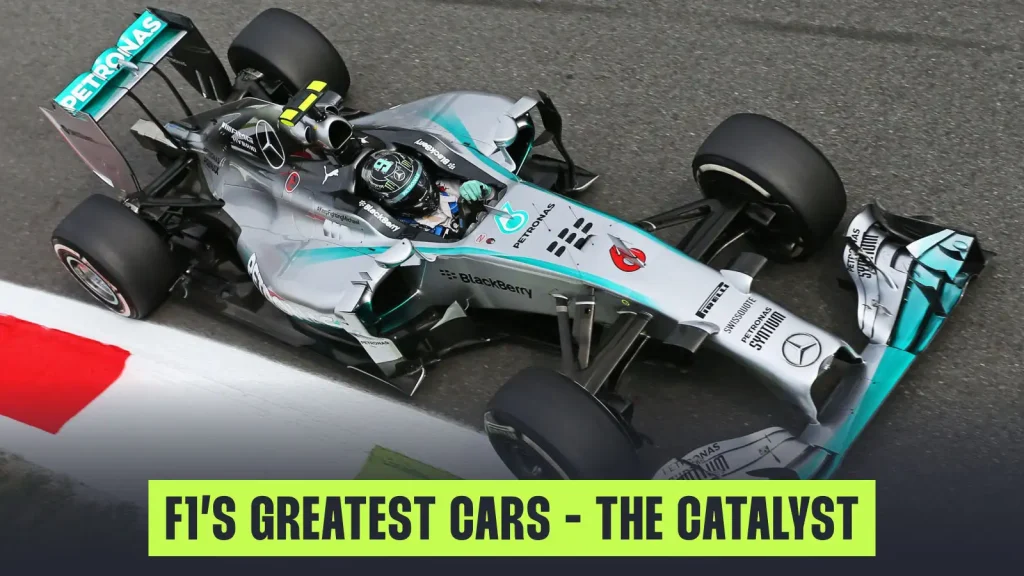As we explore the greatest machines in Formula 1, we focus on Mercedes, a team that significantly influenced the sport during the early years of the hybrid era.
During that time, the team developed several impressive cars, with some likely to feature prominently in future discussions. We’ll begin with the vehicle that initiated this era of success as F1 transitioned into a new chapter.
Fresh Starts
Formula 1 has seen numerous regulatory changes, but 2014 marked a pivotal moment as the sport shifted into a technological renaissance.
Over ten years later, the cars still utilize the same V6 turbo-hybrid power units, renowned for their thermal efficiency while generating nearly 1000bhp.
While there is more competition among power unit manufacturers now, Mercedes was the clear leader in the early hybrid era.
Innovative Engineering
The initial version of the Mercedes power unit, known as the PU106, featured several distinctive characteristics, the standout being its split turbocharger arrangement, which is still in use today.
This design positioned the compressor at one end of the engine and the turbine at the other, maximizing thermal and performance benefits. Furthermore, it allowed the MGU-H to fit neatly between the two sides.
Detailed Design Elements
While the W05 was powered by the PU106, it was also equipped with unique design aspects. The front wing featured complex cascade structures to optimize airflow, enhanced by a carefully crafted endplate design.
Mercedes adopted a practical aesthetic solution with an inverted U-shaped nose tip to comply with the new regulations, making adjustments throughout the season to improve aerodynamics.
Aerodynamic Sophistication
In terms of exhaust design, the regulations mandated a centrally mounted outlet to limit aerodynamic influence. However, the team cleverly used the exhaust gases to enhance aerodynamic performance through various winglet designs, employing a heat-resistant coating for those closest to the exhaust.
The careful contouring of the rear wing’s endplates and the deployment of multiple winglets ensured effective interaction between the aerodynamic structures, culminating in a highly efficient rear design.
The Interconnected System
The dominance of the Mercedes W05 was not merely due to a single innovation. A significant storyline in 2014 was the FRIC system, which connected the front and rear suspension, enhancing stability and aerodynamic efficiency.
Despite initial concerns about legality, the FIA later banned FRIC for the following year. Rival teams anticipated a decline in Mercedes’ performance without it, but the team instead achieved an astounding 16 wins in a 19-race season.
A Legacy of Dominance
The W05 stands as a testament to Mercedes’ engineering prowess and serves as a cornerstone for its subsequent models, leading to multiple World Championships in the years following its introduction.



